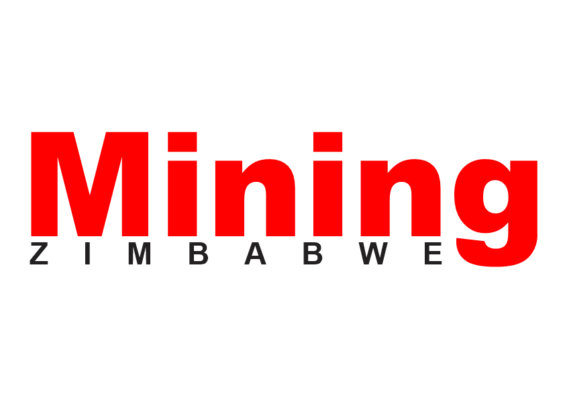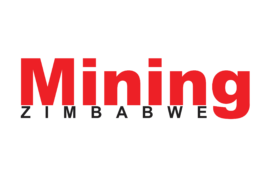The Chamber of Mines Zimbabwe (CoMZ) reports that the recent devaluation of the local currency on the parallel market is negatively impacting miners, who are struggling to access the necessary retooling funds at the same rate at which their foreign currency is liquidated, Mining Zimbabwe can report.
By Ryan Chigoche
The gold-backed currency is currently experiencing its longest run of losses against the dollar since it started trading on April 8. The ZiG, short for Zimbabwe Gold, traded at a record low of 13.95 per dollar on Tuesday, according to data on the central bank’s website, and has lost almost 1% of its value since August 29. On the parallel market, the new currency is exchanging hands at between 16 and 26 per dollar, according to ZimPriceCheck.com, which tracks official and unofficial exchange rates.
Since exporters are forced to liquidate 25% of their foreign currency at the prevailing official rate, Thomas Gono, the president of the CoMZ, told Mining Zimbabwe that the devaluation of the ZiG is choking miners, as they can’t purchase inputs at the same rate at which their forex is liquidated.
“The depreciation of the ZiG against the US dollar on the parallel market has resulted in widening premiums that have diminished the value of the surrender portion for export proceeds, liquidated at the official exchange rate, while local inputs are generally priced at the parallel market rate. This loss of value, now estimated at around 15% of gross mineral earnings, is akin to a tax on exports and is significantly impacting the viability of mining companies,” Gono said.
Last year, the central bank increased the foreign currency retention threshold for exporters to 75%. Previously, exporters retained 60% of the foreign currency from their export proceeds and often complained that the higher export surrender requirements made it difficult to access forex for critical capital expenditure and operations financing.
The forex retention policy has left miners grappling with a significant shortfall, as the 25% portion of their earnings surrendered to the government at the official rate yields far less than what is required to meet operational costs. The disparity between the official and parallel market rates means miners lose a considerable portion of their revenue in the exchange, leaving them with insufficient funds to import essential equipment, spare parts, and other critical inputs necessary for maintaining and expanding their operations. This situation is further exacerbated by the volatility of the local currency, making financial planning increasingly difficult for mining companies.
The mining sector, being capital-intensive, has long pushed for a higher retention threshold to counter foreign exchange losses. Miners argue that the forex-deprived economy forces exporters to convert a portion of their earnings into local currency at an official exchange rate, which often results in losses due to the significant disparity with the black market exchange rate.
The economy is also currently experiencing foreign currency shortages, and exporters are finding it difficult to offload the liquidated ZiG balances. Currently, dollars are used in 60% of transactions, compared with 85% when the ZiG was adopted, with the local unit making up the balance.
The scarcity has forced the central bank to pump $190 million into the market to support the ZiG.
The ZiG is the country’s sixth attempt at establishing a functioning local currency in 15 years. Its predecessor, the Zimbabwean dollar, was scrapped after consistently losing value against the greenback every single trading day this year, bringing its losses to 80%.





